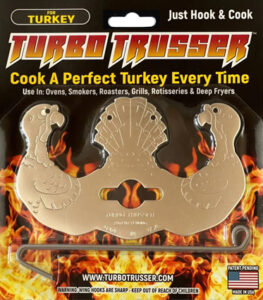You are excited by the opportunity to sell in club stores, and have surveyed the environment. You have walked store aisles to see how others package their products, while thinking about your own brand. You’ve seen a wide variety of packaging, from bag-in-box cereal to food and beverage products in standup pouches, cans and multipacked bottles, to a club store favorite for smaller products: carded and trapped blisters.
There is no such thing as a “club store package.” Every product performs best in the packaging that presents itself most effectively to club store members. For cereal, that may be a bigger bag-in-box. For garden or hand tools, electronic gadgets, and other smaller products, that is most likely a blister package that shows off the product.
What will work best for you in club stores? That depends on your product. Your choice will also depend on two critical factors: club store regulations that are much more confining than those of other retailers, and the physical club store sales environment.
If a blister will work best for your product, be aware that Costco and other club stores prefer trapped blisters or other forms of blister packaging opposed to other styles which use more plastic and may open more easily.
Protect Your Product
The security of the bister package is critical. Blisters must be securely sealed on all sides and corners to maintain package integrity all the way through the club store supply chain and on to the store sales floor.
As for blister material, rigid PVC is not acceptable, and RPET is preferred over virgin PET plastic. Since club stores want their members to know that any plastic is environmentally safe, the SPI resin code and abbreviation must appear where buyers can see it.
Club stores are firm about these and other packaging standards. Any packaging not meeting these requirements will be considered unsalable and not accepted at receiving. To avoid having the time and money you have invested in your product and packaging wasted, you need to be aware of all club store packaging requirements upfront.
The stores will provide written guidelines to help you understand their requirements, but nothing to help you meet them. The only way to meet these challenges is through a knowledgeable packaging partner who has been through the process before.
Catch Their Eye
As for the environment, as in other retail settings, customer buying decisions are made in seconds, not minutes. Club store customers need to see your product from at least six feet away, often displayed on a pallet in an aisle full of hurrying shoppers, rather than close-up on shelves. The smaller your product is, the larger and more eye-catching its packaging will have to be to create shelf presence.
There may not be an ideal club store package, but the unique nature of this environment and club stores’ specific packaging demands are critical factors in shaping the packaging that will work for you.



